C3 Corvette Engines – The Full List & Guide
Third-generation Corvette production spanned more than 15-years, encompassing portions of three individual decades. From the late 1960s, until the early 80s, the C3 Corvette reigned supreme, dominating both the street and track along the way.
Though the Vette’s performance dropped significantly during the early to mid-1970s, at the hands of newly implemented federal emissions standards, GM’s iconic sports car remained exceedingly relevant. At a point in which many iconic American performance cars fell by the wayside, the Corvette soldiered on. This served as a true testament to many of the memorable Corvette powerplants that were developed during the C3 era.
The following is a guide to all Corvette engines offered during the C3’s production run. For the sake of simplicity, the information below has been broken down by decade (1960s, 70s, and 80s), allowing for easier analysis of all engines offered during each period.
1968-1969 C3 Corvette Engine Models
Even during the earliest days of C3 production, those at GM were happy to provide consumers with more available engine options than they could shake a stick at. These engines ranged significantly in horsepower, beginning at the low end with a modest 327 cubic-inch small-block, which produced 300 horsepower.
At the other end of the spectrum, GM offered the fire-breathing 427 cubic-inch L88, which was conservatively rated at 430 horsepower. Additional engine options during the latter portion of the 1960s included the 435 horsepower L71, the 390 horsepower L36, and the 350 horsepower L79 small-block V8.
This big-block dominated lineup offered something for every consumer, including those who wished to purchase a factory-ready racer. The L88 itself likely produced a substantially higher output than that which it was rated for, likely in a bid to deter purchase by would-be street racers.
This period is also often regarded as the golden age in Corvette performance, due to the fact that little federal emissions oversight existed at this time, thereby simplifying the task of producing high-output engines. Unfortunately, more stringent EPA standards would soon befall the automotive industry, placing increased weight upon the reduction of noxious exhaust output. As a result, the Corvette’s output would soon suffer.
L79 5.4L 327CI V8: 1968L79 327CI V8 Corvette Engine Specs:
|
L36 7.0L 427CI V8: 1968-69L36 427CI V8 Corvette Engine Specs:
|
L68 7.0L 427CI V8: 1968-69L68 427CI V8 Corvette Engine Specs:
|
L71 7.0L 427CI V8: 1968-69L71 427CI V8 Corvette Engine Specs:
|
L88 7.0L 427CI V8: 1968-69L88 427CI V8 Corvette Engine Specs:
|
1970s C3 Corvette Engine Models
The 1970s was a difficult decade for the Chevrolet Corvette, as it was for almost any line of performance vehicles. The decade started in the midst of a horsepower war and ended with many manufacturers just trying to keep the same vehicles in production by drastically cutting performance in a bid to increase combustion efficiency. Though many sports cars disappeared from production during this era, the Corvette remained.
The decade began with the Corvette sporting much of the same big-block power as it had during the latter half of second-generation production. Those with a need for speed could choose to have their third-gen Corvette equipped with the beastly, 425 horsepower LS6. Additional mid-range performance options included the 350 horsepower L46, the 370 horsepower LT1, and the 390 horsepower LS5.
However, by the middle of the decade, all big-block offerings had disappeared from the Corvette’s options sheet, leaving nothing but a narrow selection of watered-down 350CI small-blocks to choose from. This most notably included the 190 horsepower L48, though similarly detuned engines, such as the 250 horsepower LS4, were also offered during the late portion of the decade.
L46 5.7L 350CI V8: 1969-70L46 350CI V8 Corvette Engine Specs:
(5.7 L)
|
LT1 5.7L 350CI V8: 1970-72LT1 350CI V8 Corvette Engine Specs:
( 5.7L)
|
LS5 7.4L 454CI V8: 1970-72LS5 454CI V8 Corvette Engine Specs:
( 7.4L)
|
LS6 7.4L 454CI V8: 1971LS6 454CI V8 Corvette Engine Specs:
( 7.4L)
|
L48 5.7L 350CI V8: 1973, 76, 78-80L48 350CI V8 Corvette Engine Specs:
( 5.7L)
|
LS4 7.4L 454CI V8: 1973-74LS4 454CI V8 Corvette Engine Specs:
(7.4 L)
|
L82 5.7L 350CI V8: 1973-80L82 350CI V8 Corvette Engine Specs:
|
1980s C3 Corvette Engine Models
By the earliest portion of the 1980s, the Corvette was suffering from an identity crisis of sorts. GM’s most prized performance car showcased little in the way of actual performance. This was a problem that originated with the implementation of EPA smog-mandates some 10-years prior, at which time many manufacturers were forced to scale back their list of available engine options and significantly detune those that remained.
The Corvette was no exception to this rule, as all GM big-block power had been unceremoniously retired during the mid-1970s (in favor of the manufacturer’s storied 350CI small-block). However, even this engine was detuned (although it was also equipped with the latest in smog-control equipment). This resulted in the production of several engines that carried a rated output, similar to that of today’s 4-cylinder offerings.
Some of the most noteworthy engines from this era included the 180 horsepower 305CI LG4, and the 190 horsepower L81, both of which were hardly capable of achieving wheel-spin in wet grass.
GM also pioneered a wealth of new technology during this era, such as the company’s dual-TBI “Cross-Fire” fuel-injection system, which dosed fuel through a set of electronically-controlled Rochester carburetors. This arrangement was first featured on the Corvette’s L83 small-block in 1982.
LG4 5.0L 305CI V8: 1980LG4 305CI V8 Corvette Engine Specs:
|
L81 5.7L 350CI V8: 1981L81 350CI V8 Corvette Engine Specs:
|
L83 350CI V8: 1982L83 350CI V8 Corvette Engine Specs:
|


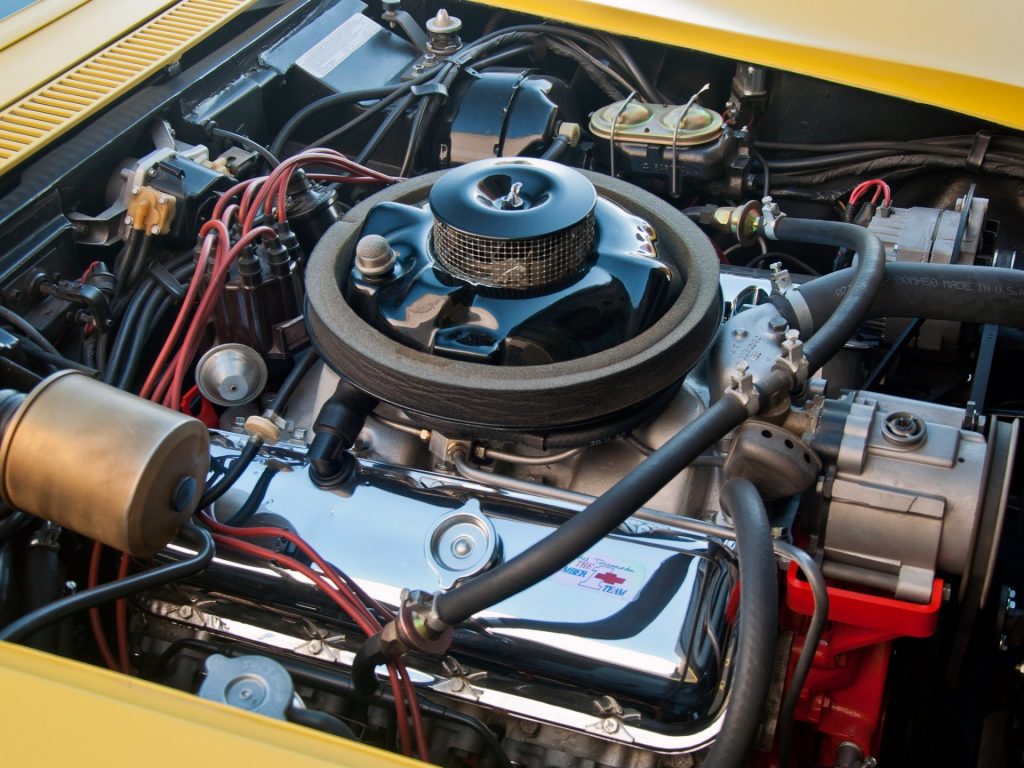
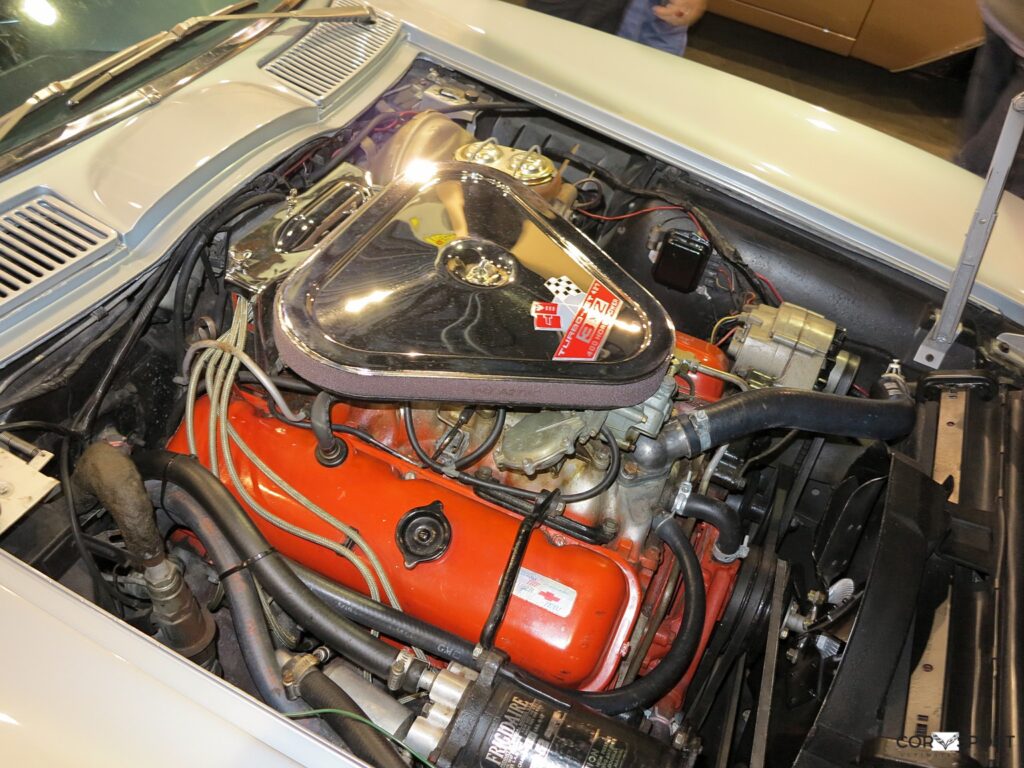
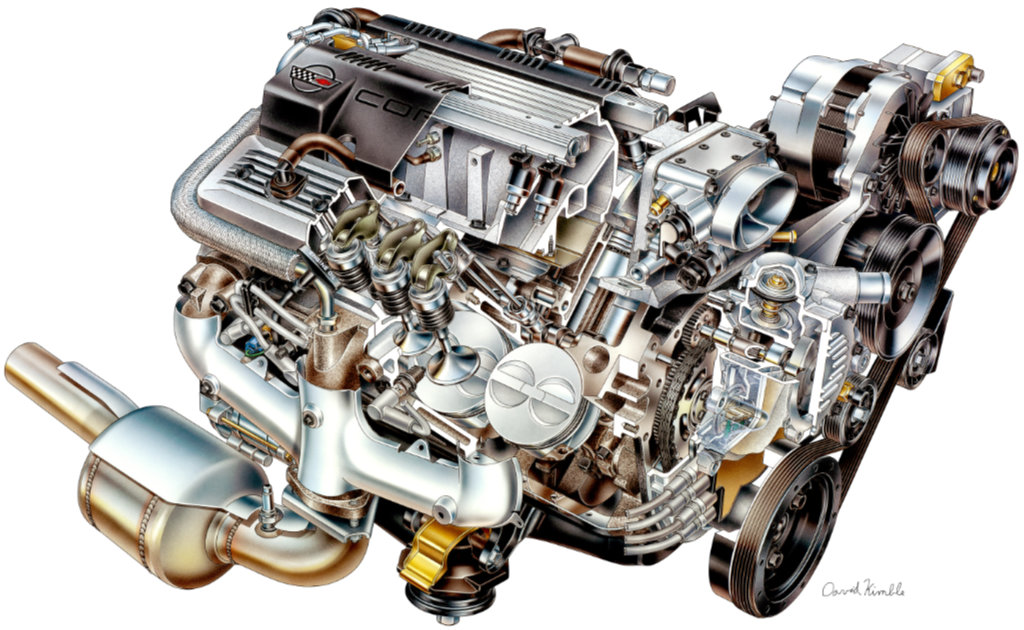
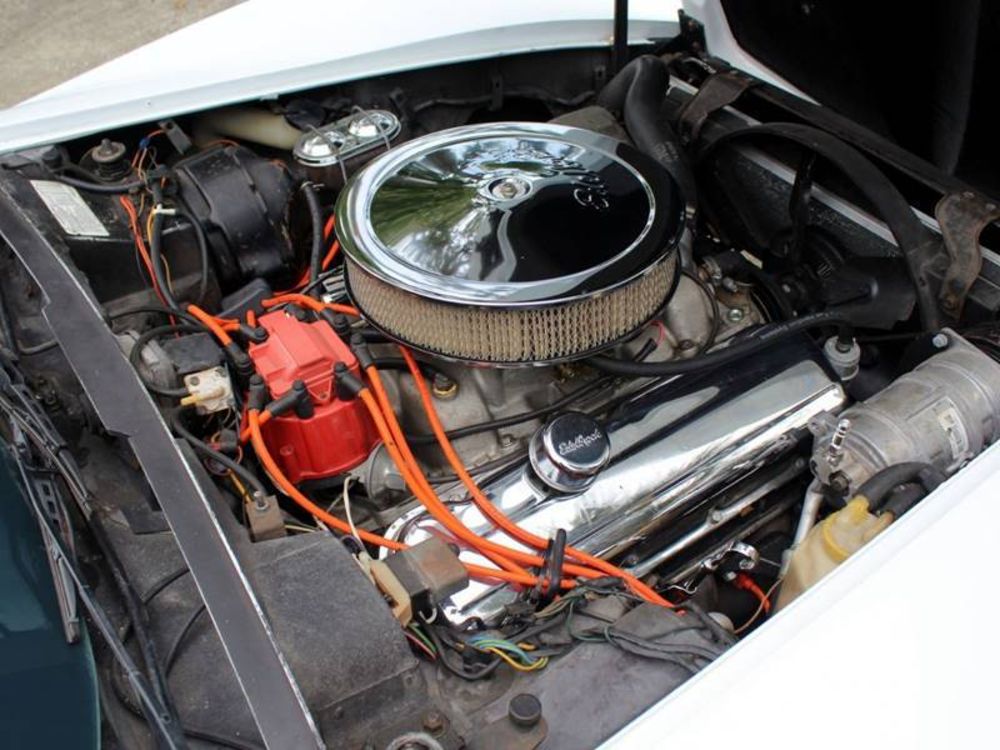
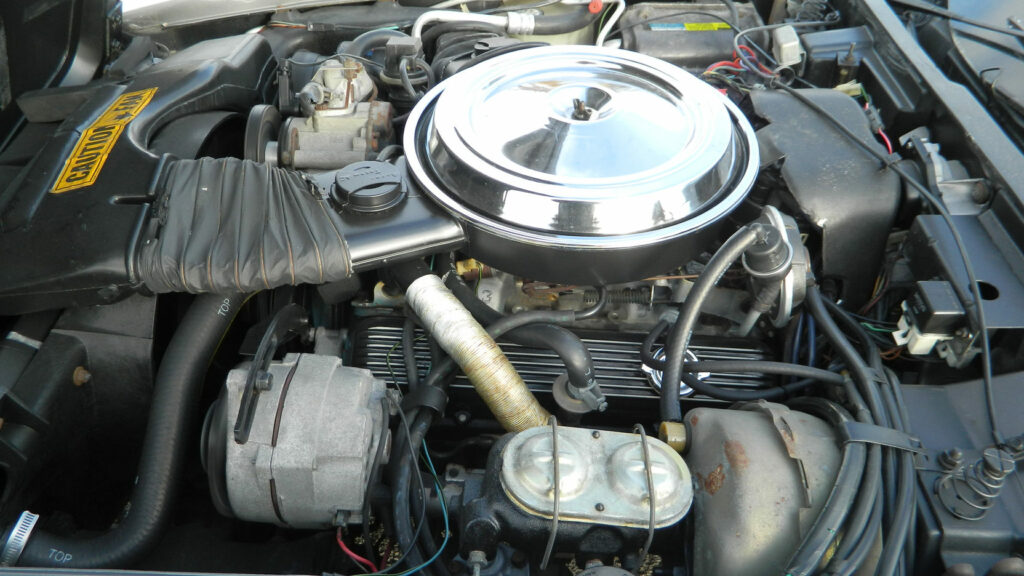
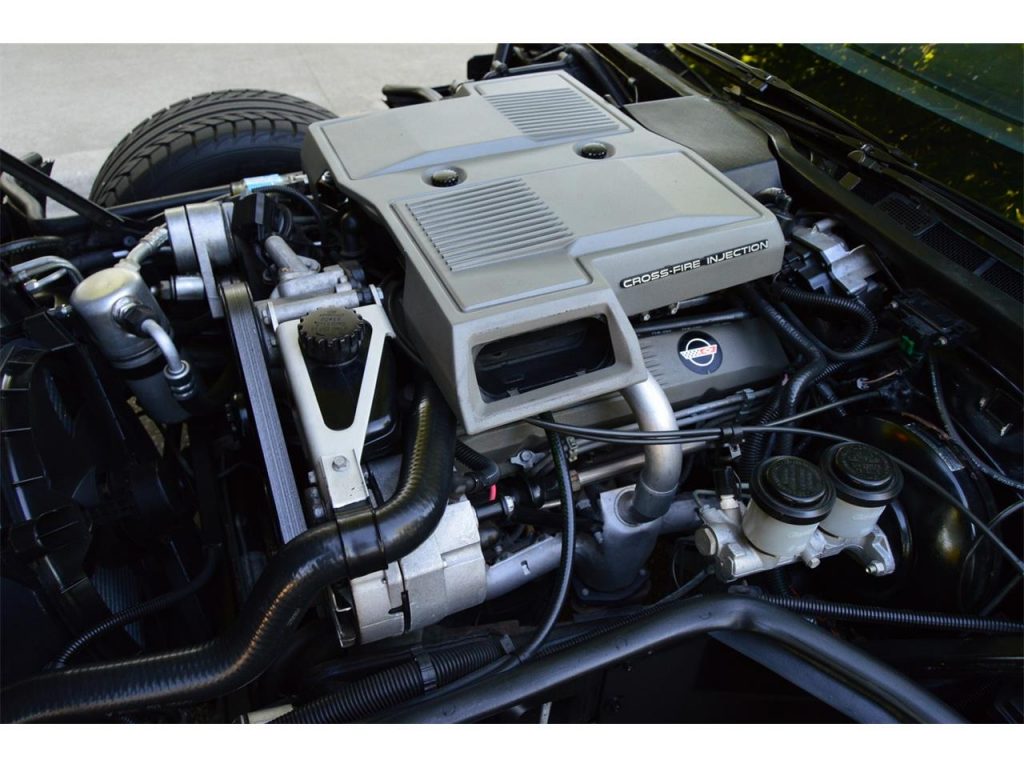
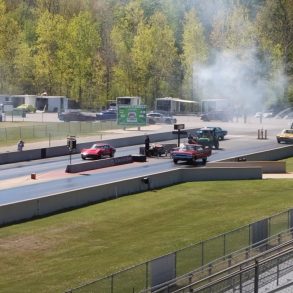
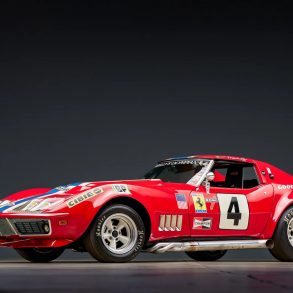
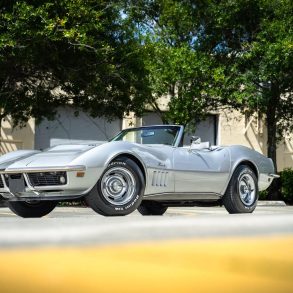
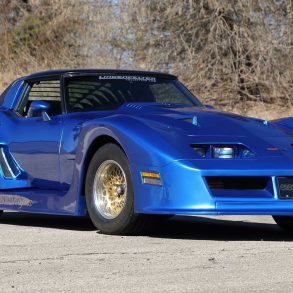
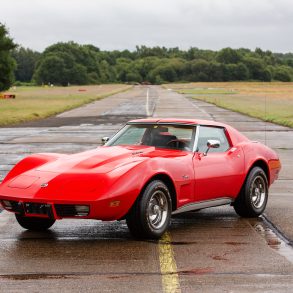
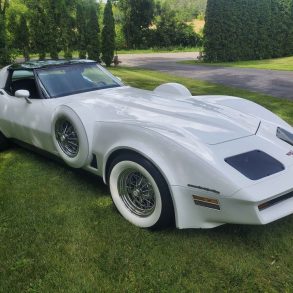
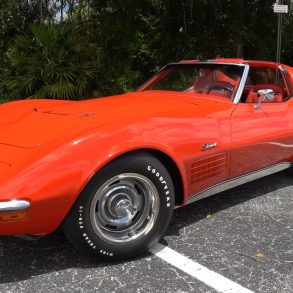
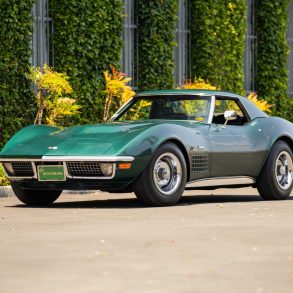

had a plain jane 64 fastback, a great + simple fun car!! a great article showcasing vette progression + although i would like another C2 + only a convertible its too $$$ for me. a C3 would be an option based on looks + a small block would do preferably the LT1 BUT getting more out of other 350’s is EZE + not too costly as i could DIY most anything short of machine work + todays bolt ons are better than ever!! thanks for the great article